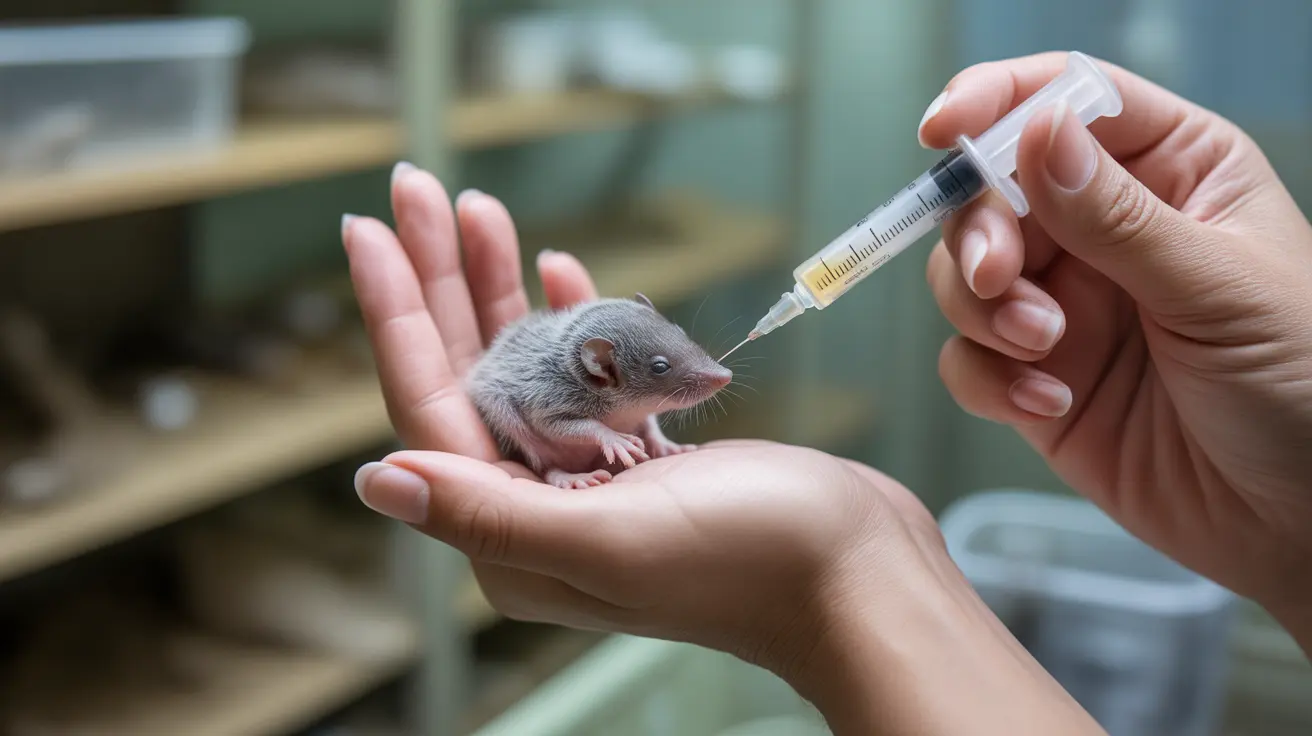Sealyham Terrier: The Calmest Terrier Breed
Among the many energetic and spirited terrier breeds, the Sealyham Terrier stands out as a calm, affectionate companion. Developed in 19th-century Wales, this sturdy and charming dog was originally bred for hunting vermin but has earned a reputation for its more laid-back personality. Here’s an in-depth look at why the Sealyham Terrier is often considered the calmest among terriers, along with care tips and breed characteristics every potential owner should know.
Origins and History
The Sealyham Terrier was developed by Captain John Edwardes at Sealyham House in Pembrokeshire, Wales. His goal was to create a strong, white terrier capable of hunting badgers, otters, and foxes. Though Edwardes did not keep detailed breeding records, contributing breeds likely included:
- Welsh Corgi
- Wire Fox Terrier
- Dandie Dinmont Terrier
- West Highland White Terrier
- Bull Terrier
- Staffordshire Bull Terrier
- Extinct English White Terrier
The breed first appeared in shows in 1903 and gained Kennel Club recognition in 1911. Sealyhams were notably popular in the early to mid-20th century, especially among celebrities and the British royal family.
Personality and Temperament
Sealyham Terriers are known for being more docile than their terrier counterparts. They exhibit:
- Lively but calm demeanor
- High intelligence with a touch of independence
- Affectionate loyalty to family members
- Reserved behavior around strangers
- Playful but not hyperactive
These traits make them an excellent choice for owners seeking a terrier with a more composed nature while still enjoying an alert and confident dog.
Physical Characteristics
- Size: Males average 9 kg (20 lbs); females about 8 kg (18 lbs)
- Height: Around 30–31 cm (10.5–12 inches)
- Coat: Wiry double coat that is non-shedding and primarily white
- Facial Features: Distinctive beard and eyebrows
Their white coat helps distinguish them from prey underground, while colored markings like lemon or tan may appear on the ears, eyes, or tail area.
Training and Socialization
Training a Sealyham Terrier requires positive reinforcement and consistency. They are:
- Quick learners, when motivated
- Occasionally stubborn or independent
- Sensitive to harsh commands
- Responsive to early socialization
Expose them to a variety of sights, sounds, and people from a young age to encourage a well-adjusted temperament. Activities such as scent work, obedience games, and moderate daily exercise help keep them mentally and physically stimulated.
Exercise Needs
Unlike many high-energy terriers, the Sealyham requires moderate exercise:
- At least one hour of activity per day for adults
- Short, frequent play sessions for puppies
- Cooling breaks during hot weather to avoid overheating
They enjoy walks, interactive play, and jobs that engage their keen sense of smell.
Grooming Requirements
The Sealyham’s coat demands regular maintenance:
- Brush every 2–3 days to prevent matting
- Hand-stripping or trimming recommended, especially for show dogs
- Clean facial furnishings often
- Inspect ears regularly to prevent infections
- Trim nails and brush teeth routinely
Though the coat doesn’t shed, it can become tangled or soft if not properly groomed.
Health Considerations
Generally a healthy breed, Sealyham Terriers live 12–14 years. Some health issues include:
- Primary lens luxation (PLL): DNA test available
- Progressive retinal atrophy (PRA): Eye degeneration
- Cataracts, glaucoma
- Congenital or age-related deafness
- Atopic dermatitis (skin allergies)
- Intervertebral disc disease (IVDD)
- Luxating patella, hip dysplasia (rarer)
Routine veterinary visits and testing from reputable breeders can minimize genetic risks and support long-term health.
Nutrition
Feed your Sealyham a high-quality diet tailored to their life stage and activity level. Key points include:
- Puppies need frequent, small meals
- Monitor calorie intake to avoid obesity
- Offer commercial or balanced home-prepared diets with veterinary guidance
Ideal Owners
Sealyham Terriers are best suited for:
- Owners with some dog experience
- People who enjoy grooming and training
- Homes with or without a yard
- Families who can engage them with play and affection
Though calm, their terrier instincts mean they require mental engagement and consistent leadership to thrive.
Conclusion
If you’re looking for a terrier breed that retains the courage and wit typical of its group but lacks the hyperactivity of others, the Sealyham Terrier is a top contender. Their calm demeanor, adaptable lifestyle preferences, and loving nature make them ideal for suitable homes ready to meet their care needs.





